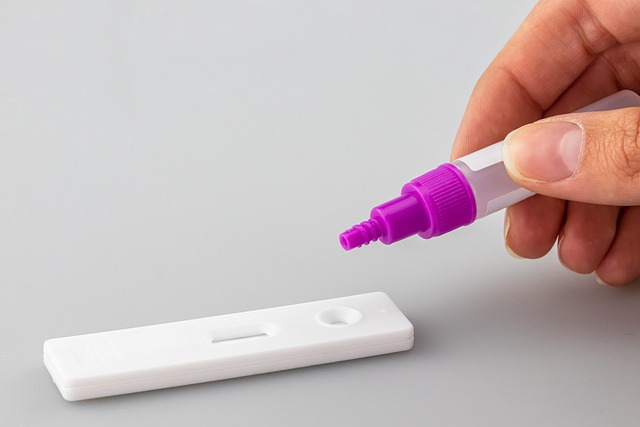Lead contamination in Texas (TX) soils remains a significant environmental concern due to historical practices like lead-based paint and gasoline usage. Given TX's diverse geography and urban centers housing much of its population, proactive soil testing is crucial for public safety, particularly children's health. Advanced analytical techniques enable professionals to identify contaminated areas, allowing tailored remediation strategies that protect both residents and local ecosystems. Regular lead testing in TX is vital for community safety, tracking environmental changes, regulatory compliance, and holding responsible parties accountable. Comprehensive soil sampling and analysis using standardized protocols and cutting-edge technology provide critical data for effective remediation, ensuring a healthier environment for all Texas residents.
In Texas, lead contamination in soil remains a significant environmental concern. This article delves into the crucial topic of lead testing, offering insights from a TX perspective. We explore why regular lead testing is essential for public health and property safety. From comprehensive sampling techniques to effective analysis procedures, this guide equips homeowners, businesses, and professionals with the knowledge needed to mitigate soil contamination risks associated with lead across Texas.
- Understanding Lead Contamination in Soil: The TX Perspective
- Why Conduct Regular Lead Testing?
- Comprehensive Soil Sampling and Analysis Procedures
Understanding Lead Contamination in Soil: The TX Perspective

Lead contamination in soil is a significant environmental concern, especially in urban areas like Texas (TX). Historical practices, such as the use of lead-based paint and gasoline, have contributed to its presence in many TX soils. Understanding the extent of this problem is crucial for implementing effective remediation strategies. High levels of lead can pose serious health risks, particularly to children, making regular soil testing essential for public safety.
In TX, where a substantial portion of the population resides in urban centers, proactive soil contamination checks are vital. The state’s diverse geography, from bustling cities like Houston and Dallas to more rural areas, presents unique challenges in managing lead-contaminated sites. By utilizing advanced analytical techniques, professionals can identify contaminated hotspots and develop tailored solutions, ensuring a healthier environment for TX residents and the protection of local ecosystems.
Why Conduct Regular Lead Testing?

Regular lead testing is an essential practice in ensuring the safety and health of communities, especially in areas known for soil contamination, like TX. Lead is a toxic metal that can have severe adverse effects on both children and adults, impacting their development and overall well-being. By conducting routine tests, local authorities and homeowners can identify potential risks associated with lead exposure from contaminated soil. This proactive approach allows for timely intervention and mitigation strategies to be implemented, thus protecting residents, particularly vulnerable populations, and preventing long-term health complications.
Moreover, regular testing plays a crucial role in environmental monitoring and regulatory compliance. TX, with its diverse industrial and agricultural landscapes, may face unique challenges related to soil contamination. Lead testing helps track changes in soil composition over time, enabling authorities to take necessary actions. This data is vital for maintaining environmental standards, holding responsible parties accountable, and ensuring that contaminated sites are remediated effectively, fostering a healthier and safer environment for all Texas residents.
Comprehensive Soil Sampling and Analysis Procedures

Comprehensive soil sampling and analysis in Texas are crucial steps in identifying and mitigating soil contamination. The process involves taking multiple, strategic samples from various depth levels to ensure a thorough understanding of the soil’s composition and any potential hazards. Experts use advanced techniques like random or structured sampling methods, depending on the suspected contaminants and regulatory requirements. Each sample is meticulously collected, packaged, and labeled to maintain integrity.
Laboratories then conduct detailed analyses using sophisticated equipment to detect a wide range of pollutants, including heavy metals, organic compounds, and even radioactive materials. These tests provide critical data that helps in developing effective remediation strategies. By adhering to standardized protocols and employing cutting-edge technology, soil contamination checks in TX can offer precise insights, ensuring the safety of both human health and the environment.
In Texas, understanding lead contamination in soil is paramount for maintaining a safe environment. Regular lead testing plays a crucial role in identifying potential hazards, ensuring public health, and mitigating environmental risks. By adhering to comprehensive sampling and analysis procedures, we can effectively navigate the complexities of lead contamination, fostering a healthier and more sustainable TX landscape.
